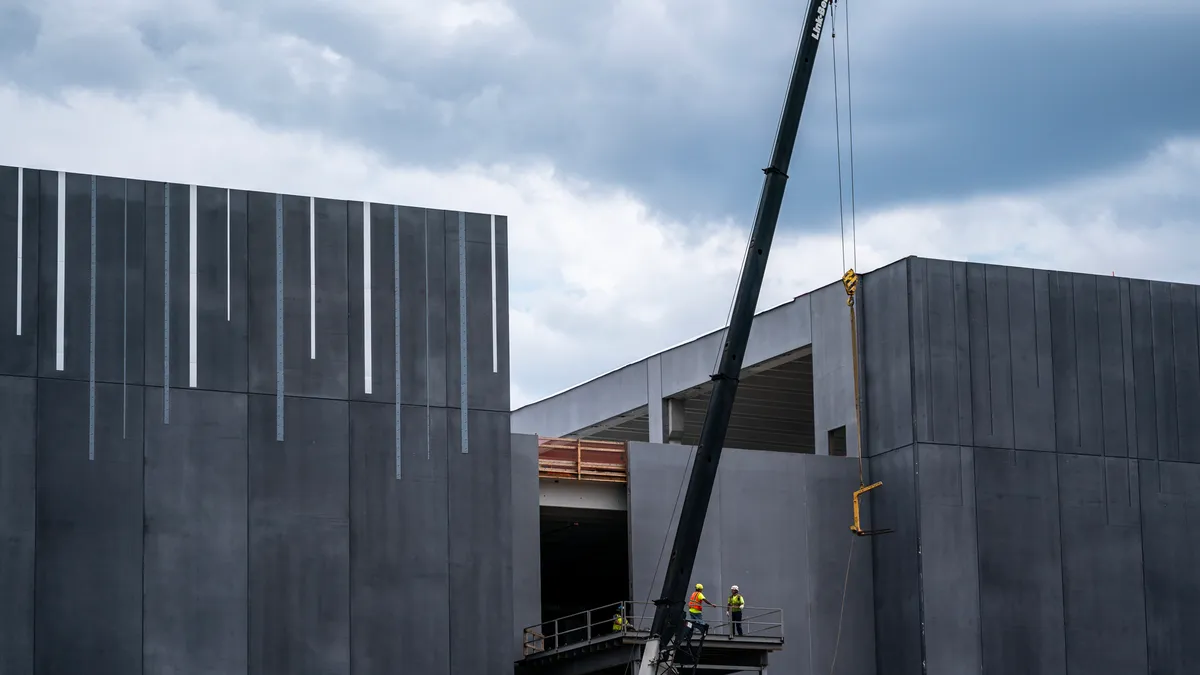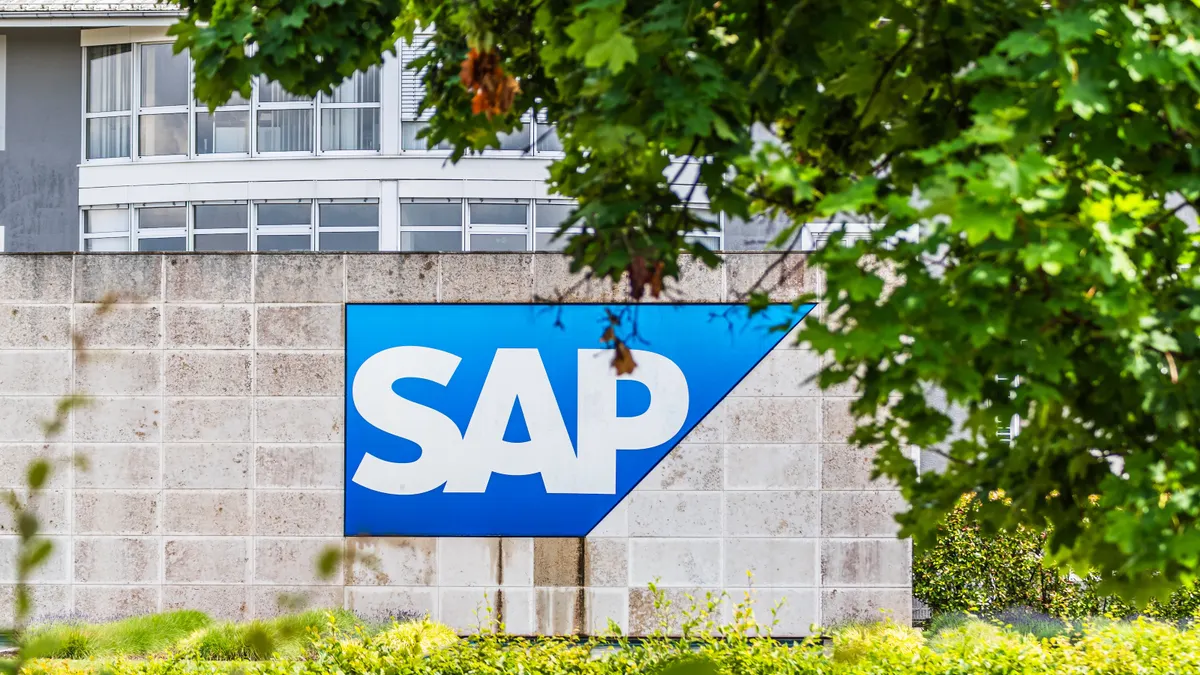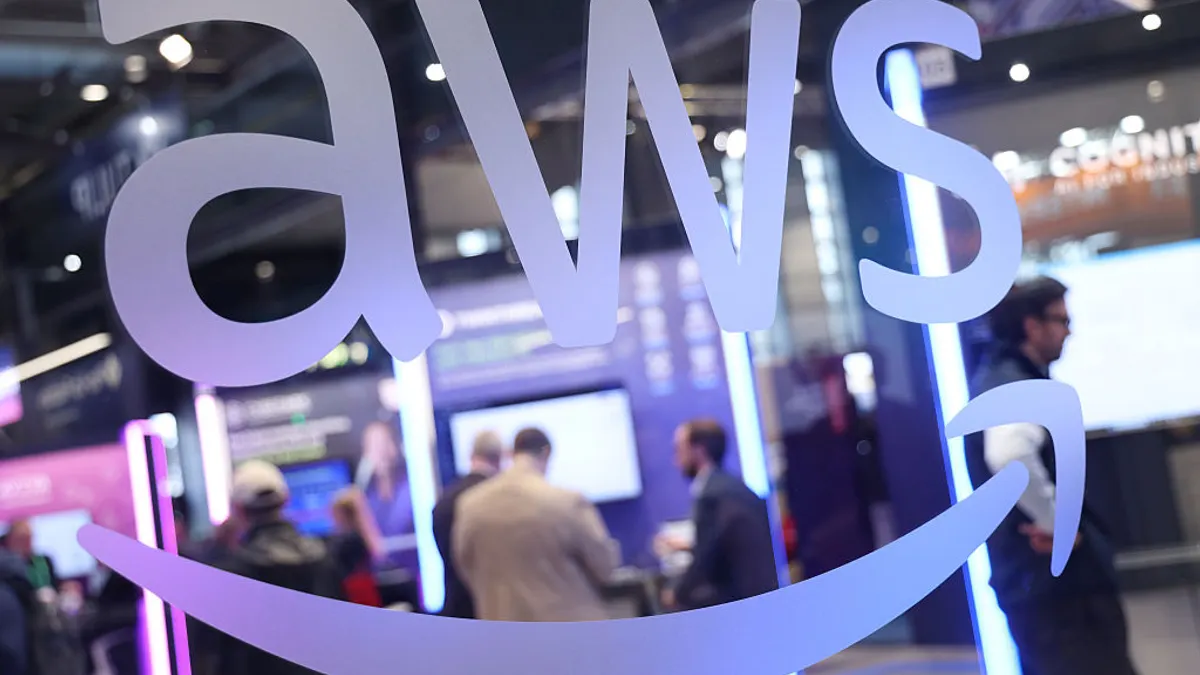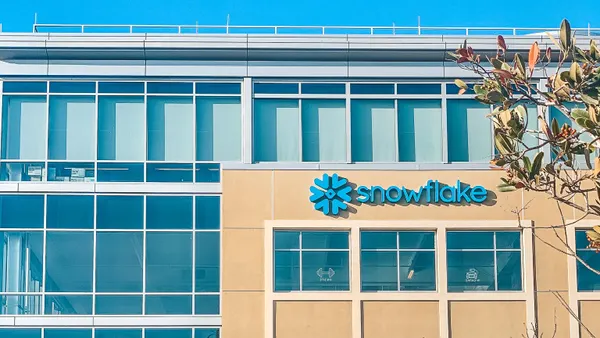As enterprises expand cloud deployments and AI models swallow up servers, data center capacity is rising atop IT's list of looming concerns.
Availability hit an all-time low during the first half of the year, despite surges in supply and construction activity, according to a Monday CBRE Group report.
Vacancy rates in primary markets, including Northern Virginia, Silicon Valley and the New York tri-state area, fell to 2.8% from 3.3% a year ago, while supply in those markets grew 24% year over year compared to 19% during the same period last year.
A flurry of new construction hasn’t relieved the constriction, Gordon Dolven, director of Americas data center research at CBRE Group, told CIO Dive.
“The under-construction number has increased dramatically since 2020,” Dolven said, pointing to a 69% year-over-year increase in building activity. “The challenge we have is the bottleneck of the timelines to get these facilities electrified and actually up and running.”
In the cloud services space, AWS, Microsoft and Google Cloud compete for enterprise customers. But the same hyperscale providers are now the competition for businesses looking to secure precious data center capacity.
Despite a multibillion-dollar building boom, data center availability in major markets has virtually bottomed out. In Northern Virginia, vacancies fell below 1% during the first three months of the year, even as inventory increased 18% year over year, reducing availability to nearly zero, by CBRE’s estimates.
Most if not all of the availability in the primary markets reflects customers moving from one space to another, just as job switching accounts for the lion’s share of unemployment when the rate falls below 2% or 3%.
“Theoretically, zero availability is possible,” Pat Lynch, executive managing director and global head of data center solutions at CBRE, said. “But when you get below 3% or 4% vacancy, it’s mostly transitional and very few clients are leaving because they don’t have any other place to go.”
As cloud providers bulk up on high-capacity infrastructure to support AI capabilities, they’re consuming inventory while construction is underway. Nearly 80% of data center space currently being built in primary markets has already been leased, according to the research.
“It’s safe to say the prelease number is even higher today than it was when the data was gathered,” Lynch said.
Northern Virginia’s data traffic jam
The space crunch has driven rates through the roof in some regions. While the national cost of colocation and rental space only increased an average of 7% year over year during the first six months of 2024, Northern Virginia saw rates spike by as much as 50%.
The region is an infrastructure bellwether and the world’s largest concentration of compute resources, according to Synergy Research Group. Northern Virginia’s data center hub represents 7% of global capacity, the firm said in a Monday report.
“Northern Virginia is not just the leading location for hyperscale data centers, it is also the world’s biggest colocation market,” John Dinsdale, SRG chief analyst and research director, said in an email. “It achieved that by being the original epicenter for the world’s internet infrastructure and it continues to be a nexus for data center deployment.”
As Northern Virginia and other primary markets reach capacity, other regions are picking up the slack. Oregon, Iowa and Ohio have now surpassed Silicon Valley as suppliers of hyperscale data center capacity and Nebraska, Arizona and Southern Virginia aren’t far behind, according to SRG research.
“Proximity to customers is a key driver of the colocation market, so data centers tend to be located in metros that have a large concentration of companies and economic activity,” Dinsdale said. “That will not change but what we are seeing is the increasing emergence of many metros in countries that have smaller economies, but which are growing rapidly.”
Rental costs are lower in secondary markets, where construction has picked up and the data center vacancy rate was 9.7%, according to CBRE’s analysis during the first half of the year. But there are tradeoffs in latency, security and performance.
“CIOs have different preferences in terms of where and how they're processing, computing and storing data,” Lynch said. “It’s not always an option but, if you can’t find space in Northern Virginia, maybe you can look at Atlanta or Columbus.”
Waiting for the squeeze to ease isn’t a tenable solution when even the hyperscalers are grappling with capacity constraints.
“Smaller folks, meaning Fortune 100 companies with smaller requirements, are ending up in secondary spaces because that’s all they can get,” Lynch said.
The hyperscalers and social media companies are using their cloud clout to buy up vast swathes of inventory long before it’s even built.
For a bank or an insurance company that just needs two megawatts in a primary market, it’s going to be tough, Lynch said. “The big suppliers are elephant hunting — they’re swinging for triples and home runs.”
Correction: This article has been updated to fix the spelling of Gordon Dolven's name.






















